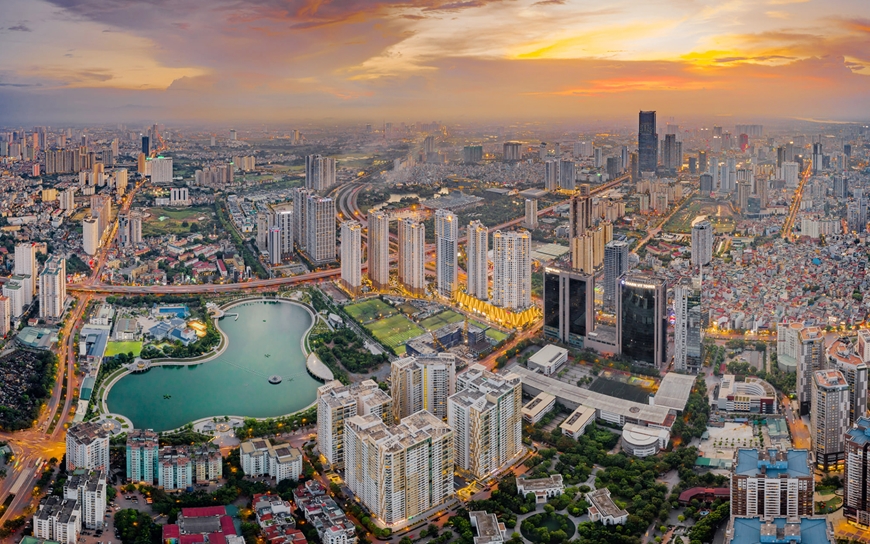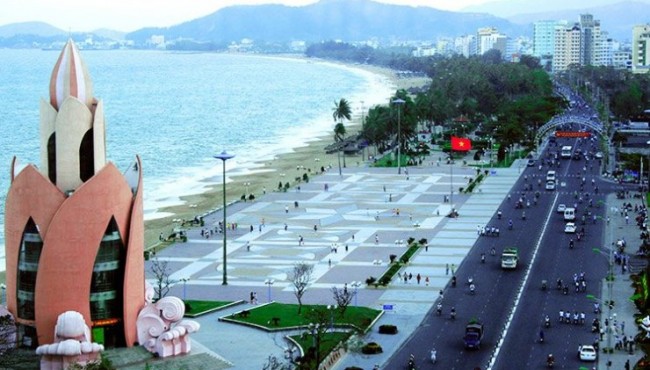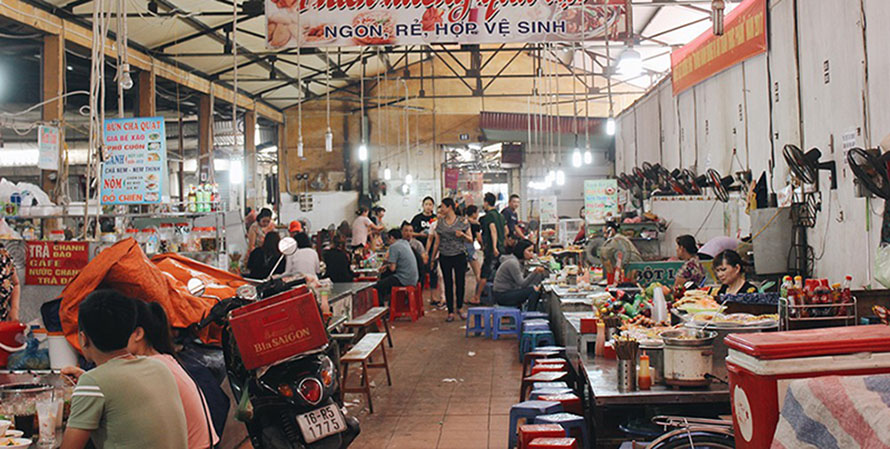Rubber forest colors transform ahead of spring in southern Vietnam

Cu Bi rubber farm in Chau Duc District which borders industrial hub Dong Nai Province to the northwest, is home to 3,800 hectares of rubber plantations.
Every year, from late December to March next year, the rubber forest in Cu Bi farm enters the leave changing season, dying the surrounding roads in red and yellow.

From Highway 51 in Long Thanh District of Dong Nai Province, around 75 kilometers from Ho Chi Minh City, you can turn onto a small road and head towards Cu Bi Commune where workers are busy every day collecting latex from rubber trees.

Once red dirt roads that are always muddy in the rainy season and dusty in the dry, traffic routes through the Cu Bi rubber forest have been upgraded with asphalt.
Not as famous as the rubber plantations in neighbor provinces like Binh Phuoc, Binh Duong and Dong Nai, Cu Bi still attracts many tourists and photographers, especially during the leave changing season.

Bui Thi Tuyet Loan (L) and Cao Thi Ngoc Diem, both from HCMC, visiting this rubber forest for the first time, said they were impressed by the green, red and yellow colors.
The rubber forest is far from residential areas and there’s no food and accommodation services around. Due to its deserted location, tourists are advised to limit visiting the rubber forest at night and take their own food and drinks.

Rubber plantations sprouted in Vietnam around 1897, developed by French colonists. In 1930, the French planted 10,000 hectares of rubber and harvested 11,000 tons of latex. In 1950, the planted area was 70,000 hectares.
Now, rubber has become the main industrial crop in Vietnam.
Vietnam has exported rubber to more than 60 markets around the world. In 2020, rubber exports were estimated at 1.75 million tons, worth $2.38 billion, up 2.8 percent in volume and 3.5 percent in value compared to 2019, according to official statistics.
A man collects latex from rubber trees inside Cu Bi farm.
Workers must wake up at 3 a.m. and work until 7 a.m. and for many, this job is their main source of income.
A rubber tree, also referred to as rubberwood, can be tapped for latex once it reaches approximately six years of age. Latex is the main material to produce many useful items like tires, mattresses or medical equipment.
The rubber latex harvest season takes place from about May to February the following year.









.png)



